Vitamin E is widely celebrated for its benefits to beauty and skincare, known for its role in nourishing and rejuvenating the skin. However, its capabilities extend far beyond just cosmetic advantages. Remarkably, “Vitamin E for fertility” is also a significant aspect, as this nutrient plays a crucial role in enhancing fertility for both men and women. This might come as a surprise to many, but its impact on reproductive health is substantial.
In the following insights from Biosculpture, you will discover the lesser-known yet vital role of Vitamin E in boosting fertility, alongside its traditional uses in beauty and wellness. Prepare to be enlightened by this multifaceted nutrient that continues to reveal its diverse and essential benefits to our health.
1. What Is Vitamin E?
Vitamin E is a key nutrient that your body needs and you can find it in many common foods. It’s in things like cooking oils, cereal, meat, eggs, fruits, and vegetables. Wheat germ oil is especially rich in it. Eating a variety of these foods is the best way to get enough Vitamin E.
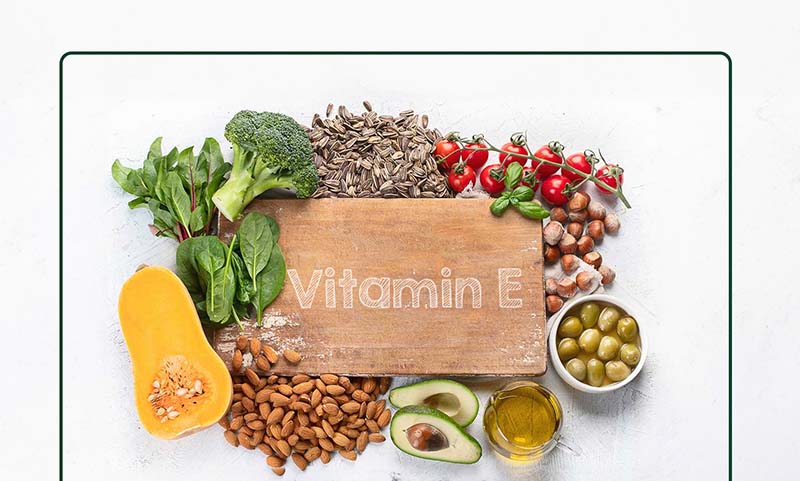
This vitamin is important because it acts like a shield for your body’s cells. It fights off harmful substances called free radicals, which can damage cells and lead to health problems, especially as you get older.
2. The Role of Vitamin E in Male Fertility
Vitamin E for male fertility providing many important benefits for reproductive health:
2.1 Protecting Sperm DNA from Damage
The DNA in sperm cells is tightly packed with a protein called protamine, which keeps it compact. Vitamin E acts as a guardian, safeguarding this DNA from damage that can occur as sperm travels through both male and female reproductive tracts. Antioxidants like Vitamins E and C are vital in this process as they counteract the harmful effects of free radicals, which are unstable molecules that can damage cells, including sperm cells. By neutralizing these reactive oxygen species, Vitamin E ensures the integrity and health of sperm DNA.

2.2 Enhancing Sperm Mobility
For successful conception, sperm need to be agile and capable of reaching the egg. Unfortunately, many men face infertility issues due to less flexible or slower-moving sperm. Vitamin E comes into play by combating the free radicals that can hinder sperm movement. By removing these obstacles, Vitamin E enhances sperm motility, making them quicker and more efficient in their journey. This increased mobility of sperm significantly boosts the chances of successful conception.
3. The Role of Vitamin E in Female Fertility
The connection between Vitamin E and female fertility has deep historical roots, dating back to ancient Greece. The term for the most active form of Vitamin E, alpha-tocopherol, is derived from the Greek words “tokos” meaning “offspring” and “phero” meaning “to bear”. Thus, the name tocopherol literally translates to “bear children”, highlighting its association with fertility.
3.1 Regulating Hormones
Vitamin E supplements are known to play a critical role in maintaining hormonal balance. They work by supporting the nervous and endocrine systems, which are key in regulating hormones in the body. Regular intake of Vitamin E can help in maintaining a healthy weight, normalizing menstrual cycles, and boosting energy levels.

3.2 Protecting Eggs from Damage
As an antioxidant, Vitamin E plays a crucial role in shielding cells from oxidative stress, a type of damage caused by free radicals. This protective function is particularly vital for egg cells. Being one of the largest cells in a woman’s body, egg cells are more prone to oxidative damage. Vitamin E helps in safeguarding these cells, which is essential for maintaining their health and viability for fertilization.
4. Food Sources Rich in Vitamin E
Vitamin E is readily available in many foods, making it easy for most people to get enough of it in their daily diet. A well-rounded diet, low in harmful cholesterol, is the key to health. For couples looking to boost fertility, incorporating foods rich in Vitamin E can be particularly beneficial.
4.1 Types of Seeds
Nuts and seeds are excellent sources of Vitamin E. Almonds, peanuts, and hazelnuts are great choices, but sunflower seeds stand out. Adding sunflower seeds to smoothies, cereals, or salads is a smart move; a serving can provide 7.4 milligrams of Vitamin E, which is half of the daily requirement. Sunflower oil, while containing less Vitamin E than the whole seeds, is still a good source, providing about a third of the Vitamin E in the seeds.
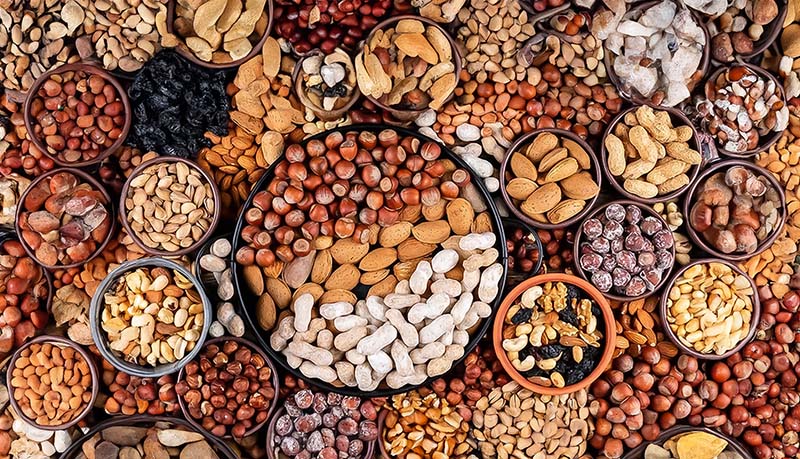
4.2 Types of Vegetables
Green, leafy vegetables are not only widely available but also packed with nutrients. For Vitamin E, consider these options:
- Turnip Greens: With about 2.9 milligrams of Vitamin E per 100 grams, they are a top choice.
- Collards: As a cruciferous vegetable, collards are nutritious and contain 2.3 milligrams of Vitamin E per 100 grams.
- Spinach: Belonging to the amaranth family, spinach is rich in antioxidants and offers 2.0 milligrams of Vitamin E per 100 grams.
- Swiss Chard: This dark green leafy vegetable has 1.9 milligrams of Vitamin E per 100 grams.
- Beet Greens: Often overshadowed by red beets, the greens provide about 1.8 milligrams of Vitamin E per 100 grams.
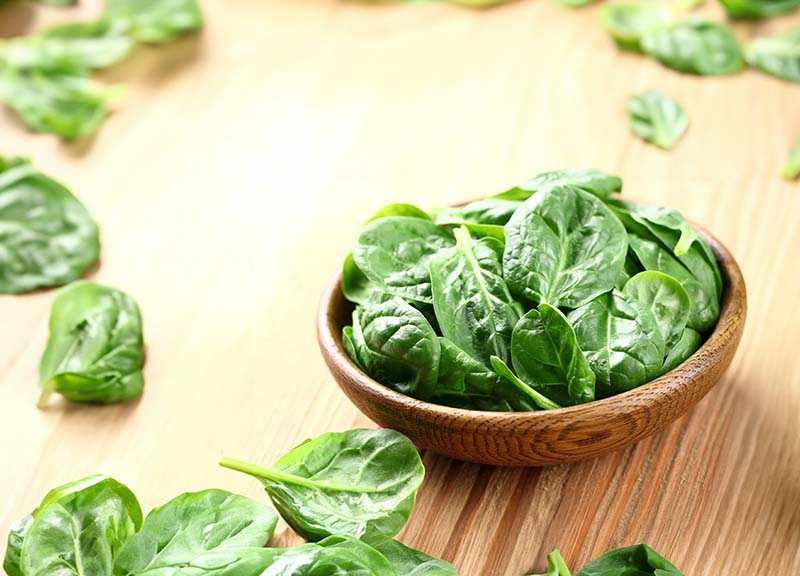
4.3 Types of Fruits
Fruits are another great way to meet your daily Vitamin E needs:
- Olives: A favorite for many, olives contain about 3.8 milligrams of Vitamin E per 100 grams.
- Avocado: Nutrient-rich and perfect for salads, avocados offer about 2.1 milligrams of Vitamin E per 100 grams.
- Cranberries: With 2.1 milligrams of Vitamin E per 100 grams, they are great with cereals or desserts.
- Kiwi Fruit: Provides about 1.5 milligrams of Vitamin E per 100 grams.
- Blackberries: Contain about 1.2 milligrams of Vitamin E per 100 grams.

4.4 Vegetable Oils
- Wheat Germ Oil: A powerhouse with 149 milligrams of Vitamin E per 100 grams.
- Hazelnut Oil: Contains 47 milligrams of Vitamin E per 100 grams.
- Sunflower Oil: Offers 41 milligrams of Vitamin E per 100 grams.
- Almond Oil: Ideal for cooking and personal care, it has 39 milligrams of Vitamin E per 100 grams.
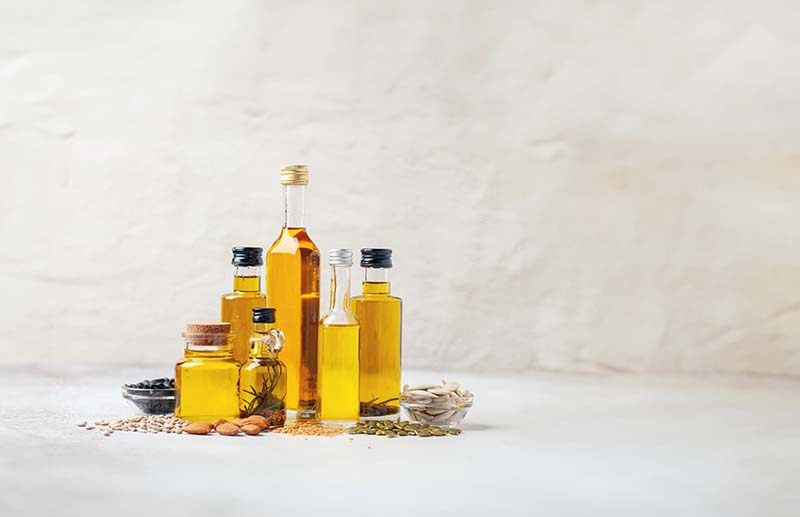
5. Safe Ways to Supplement Vitamin E
To supplement Vitamin E safely and effectively, consider these important guidelines:
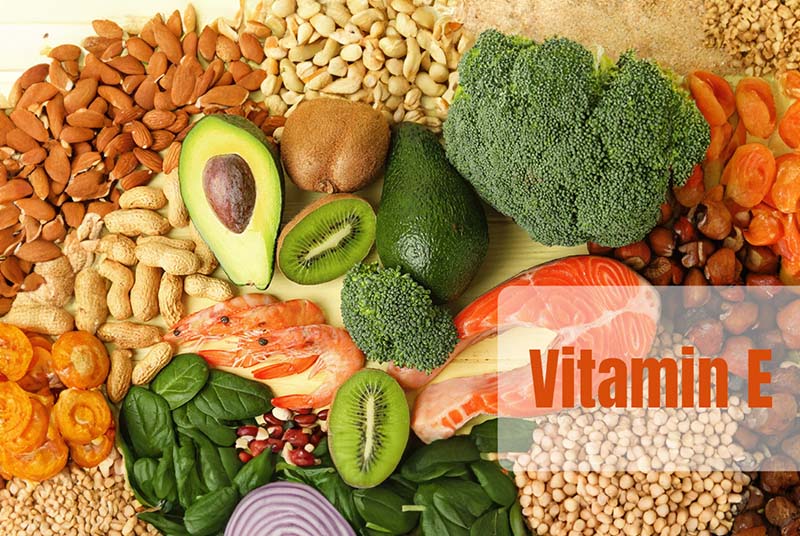
5.1 Supplementing Through Diet
Vitamin E supplements commonly feature alpha-tocopherol, though you can find blends that include other tocopherols and tocotrienols. The alpha-tocopherol found in nature is unique in its structure, while the synthetic version comprises eight different forms, with our bodies only utilizing half of these. It’s essential to know that synthetic alpha-tocopherol (labelled as DL or dl) is not as potent as its natural counterpart (labelled as D or d), with the latter being twice as effective in equal amounts.
In terms of dosage, most vitamin E supplements offer at least 67 mg (100 IU), significantly exceeding the Recommended Daily Allowances (RDAs). This higher dosage is crucial to consider when incorporating vitamin E into your health regimen.
To ensure vitamin E’s effectiveness and longevity on the shelves, alpha-tocopherol in supplements and fortified foods is often chemically altered into esters. This modification doesn’t compromise its absorption or antioxidant properties, as our bodies efficiently convert these esters back into alpha-tocopherol.
5.2 Supplementing Through Functional Foods
The recommended daily intake of vitamin E for adults is around 15mg. It’s crucial to avoid high doses of vitamin E, especially when administered intravenously, as it can lead to severe, and in some cases, fatal side effects. For individuals in good health, it’s best to meet vitamin E needs through dietary sources rather than supplements, particularly avoiding synthetic variants.
Nutrition experts point out that there are plentiful food sources of vitamin E. These include soybeans, wheat germ, bean sprouts, sunflower oil, rice germ, milk, eggs, fish, meat, green vegetables, and certain fruits. For people with specific health conditions like diabetes, high blood cholesterol, hypertension, dry skin, or brittle hair, vitamin E supplementation should only be undertaken under medical guidance.
Topical use of vitamin E is generally recommended for those with aging or dry skin. However, individuals with oily skin types should be cautious, as topical vitamin E might exacerbate acne issues.
>> Explore more: Vitamin E for Scars: Effects, Usage, and Precautions
5.3 Necessary Dosage of Vitamin E
The Recommended Dietary Allowance (RDA) for Vitamin E includes intake from both food and supplements.
| Category | Vitamin E: in milligrams |
| Children | |
| 1-3 years | 6 mg/day |
| 4-8 years | 7 mg/day |
| 9-13 years | 11 mg/day |
| Females | |
| 14 years and up | 15 mg/day |
| Pregnant | 15 mg/day |
| Breastfeeding | 19 mg/day |
| Males | |
| 14 years and up | 15 mg/day |
5.4 Interactions with Medications
- High doses of Vitamin E may interfere with certain chemotherapy drugs like alkylating agents and anti-tumor antibiotics.
- Vitamin E can increase bleeding risk when taken with blood thinners, anti-platelet drugs, herbs, and supplements.
- Be cautious with Vitamin E if using drugs affected by cytochrome P450 3A4 (CYP3A4) enzymes, such as omeprazole.
- Taking Vitamin E with statins or niacin, used for high cholesterol, might reduce the effectiveness of niacin.
- Combining Vitamin E with Vitamin K can decrease Vitamin K’s effects.
6. Conclusion
In conclusion, vitamin E for fertility is important for both men and women. It is also a notable supplement for its renowned beauty and skin care benefits. We hope this article has helped you expand your knowledge of the diverse capabilities of this important nutrient. We’d love to hear your stories and feedback on how Vitamin E has impacted your life. Don’t forget to explore more enlightening blogs from Biosculpture for further health and wellness insights.


